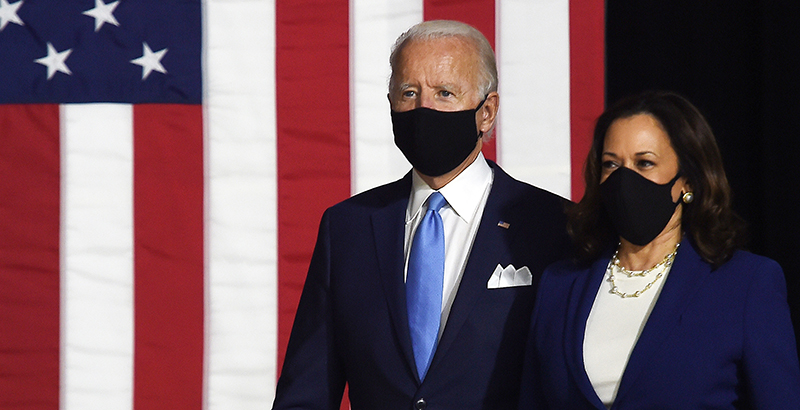O’Keefe & Korman: Millions of Students Aren’t in School. What the Biden-Harris Administration Should Do to Get Them Learning Again

To jump-start the nation’s education recovery, the Biden-Harris administration must put a spotlight on supporting the more than 3 million students who’ve likely had little to no access to a formal education since the start of the pandemic.
This is a crisis that spans the country: In Connecticut, more than 5,000 students who opted for remote learning have yet to log into a single class; in Missouri and Washington, enrollment statewide has fallen by 3 percent — 27,500 and 31,000 students, respectively. That’s more than 60,000 kids missing from school in just three states.
These students are experiencing the gravest consequences of school closures and the shift to virtual learning. They vary in age and likely experience homelessness, are in foster care, are migrant students, are a part of families who do not speak English or have learning disabilities. Many students’ lives include more than one of these experiences.
Federal leadership is needed now to reconnect students to education — virtual or in person — and to address unmet health, wellness and safety needs. To do so requires making government work so families and children no longer have to navigate a fragmented, confusing and insufficient system.
First, the $88 billion that President-Elect Joe Biden has proposed to help state and local governments safely reopen schools is a good start to stabilize education budgets and support safety measures, like building ventilation upgrades and protective equipment for school staff. But to find and re-engage students, communities need additional, flexible funding for schools and social service agencies. The administration should prioritize funding for communities that have significant numbers of students who have effectively left school. Districts should be encouraged to use funding in creative ways, from providing internet access and increasing food security and health care access to offering specialized outreach and dedicated programming to keep students in school and catch them up quickly. We know from previous research that students who return to school after a prolonged absence are more likely to drop out.
Second, the U.S. Department of Education, in partnership with the U.S. Department of Health and Human Services, must issue guidance so schools and youth-serving organizations, like foster care agencies, understand how to collaborate effectively to reach children and families in this pandemic. For example, a family that moved should get immediate access to food banks, libraries and other services without having to re-enroll — a bureaucratic and often burdensome requirement that leads to delays or interruptions.
Finally, the federal government can immediately help communities more effectively support the most marginalized students and families, even amid continued uncertainty, by helping states work together and learn from one another. Washington can start by creating a task force and publishing best practices so states can create stronger action plans across education, health and social service agencies.
The pandemic has highlighted the disconnected and fragmented systems that families and students must navigate to receive basic services and support, and it is no surprise that millions of students have disengaged from school.
The problem is not a lack of public servants focused on families in need. It’s that support organizations push in different directions, work with different funding streams and have narrow focus areas. This inhibits agencies at the state and local levels from working together to provide what marginalized students need to succeed in school and life. These issues existed before the pandemic, and they have gotten worse since.
Biden has promised to make government work again. He should begin with the students and families who have never been well served.
Bonnie O’Keefe is an associate partner and Hailly T.N. Korman is a senior associate partner at Bellwether Education Partners. They are co-authors of “Missing in the Margins: Estimating the Scale of the COVID-19 Attendance Crisis.”
Disclosure: Andy Rotherham co-founded Bellwether Education Partners. He sits on The 74’s board of directors.
Get stories like these delivered straight to your inbox. Sign up for The 74 Newsletter

;)